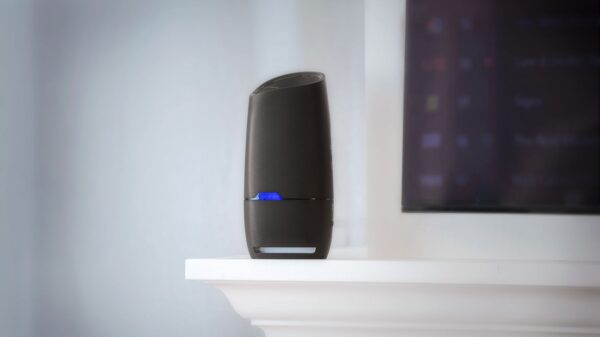Researchers have developed a groundbreaking **silicon-based ultrasound patch** that enhances medical imaging while promoting eco-friendliness. This innovative device, created by a team led by **Dr. Byung Chul Lee** at the **Korea Institute of Science and Technology (KIST)**, eliminates the need for harmful lead-based components typically used in commercial ultrasound devices. The research was conducted in collaboration with experts from **KAIST**, **Seoul National University Hospital**, and **Stanford University**.
Currently, most wearable ultrasound devices rely on **lead (Pb)**-based piezoelectric ceramics, which pose health risks and environmental concerns. The new ultrasound patch overcomes these challenges by employing a nanocolumn structure made from silicon, processed using advanced semiconductor technology. This approach allows for a lightweight, flexible design without compromising performance.
Significant Improvements in Imaging Quality
The silicon patch is remarkably thin, measuring only a few hundred micrometers, and has been designed to operate without the traditional matching and backing layers found in conventional transducers. As a result, the device achieved an impressive **30% higher output pressure** compared to existing commercial transducers, leading to vastly improved image quality. In testing, it reliably measured blood flow velocity and vessel diameter in areas that are typically challenging, such as the neck.
Moreover, the patch demonstrated a **96% accuracy** rate when compared to clinical blood pressure monitors, showcasing its potential for diverse medical applications. The researchers foresee the technology being widely adopted in **telemedicine** and personalized healthcare devices, aiming to improve patient monitoring and diagnostics.
Cost-Effective and Environmentally Friendly Production
The production of this silicon-based ultrasound transducer leverages semiconductor processes, enabling **low-cost**, large-scale manufacturing. Notably, the estimated production cost is only **1/20th** that of conventional lead-based devices, making it not only an economical option but also an environmentally friendly one. The team anticipates that this innovation will lead the market for disposable ultrasound patches.
Dr. Lee emphasized the significance of this research, stating, “This research is highly meaningful in that we successfully developed an ultrasound patch that anyone can use safely by replacing harmful lead with silicon.” In a similar vein, **Prof. Whal Lee** from Seoul National University Hospital commented on the flexibility of the silicon-based devices, noting that they can be manufactured in various forms, thereby broadening the range of medical applications for ultrasound imaging.
The team plans to conduct further validation of the patch’s safety and reliability across various clinical environments. They are also exploring its applications in areas such as early diagnosis of cardiovascular diseases, rehabilitation monitoring, and mental health management.
This research received support from the **Ministry of Science and ICT** and was published in the latest issue of **Nature Communications**, a leading international journal.


































































